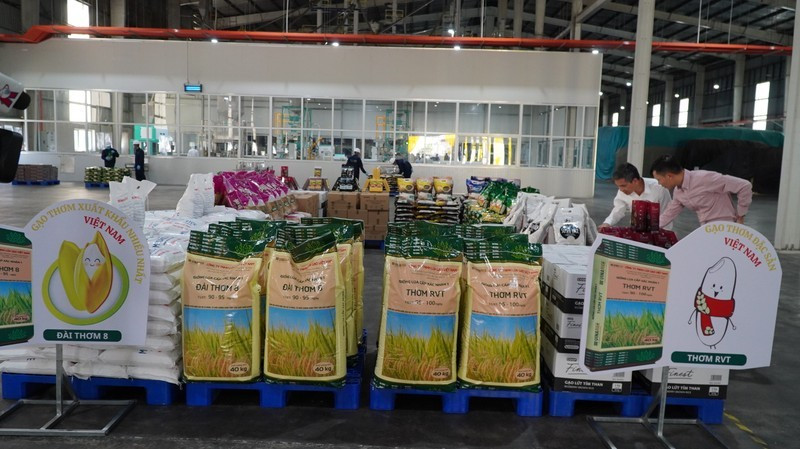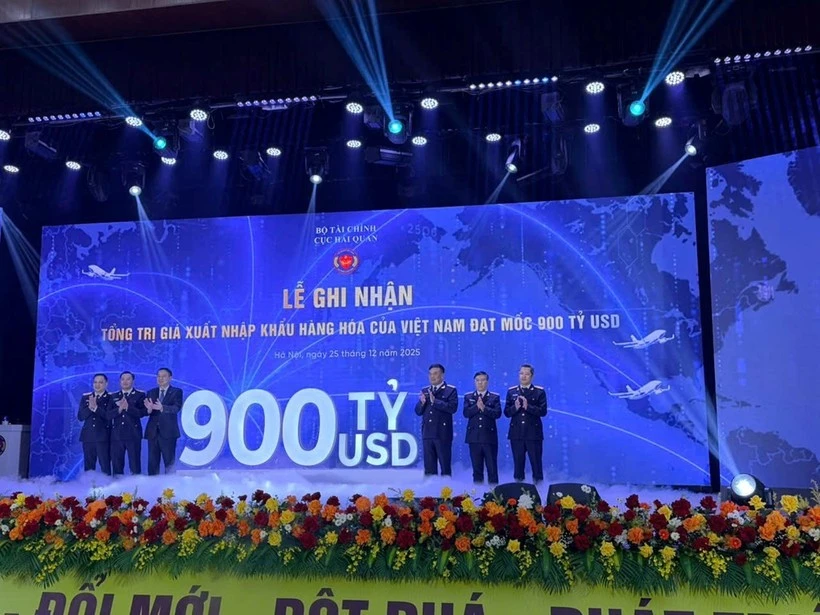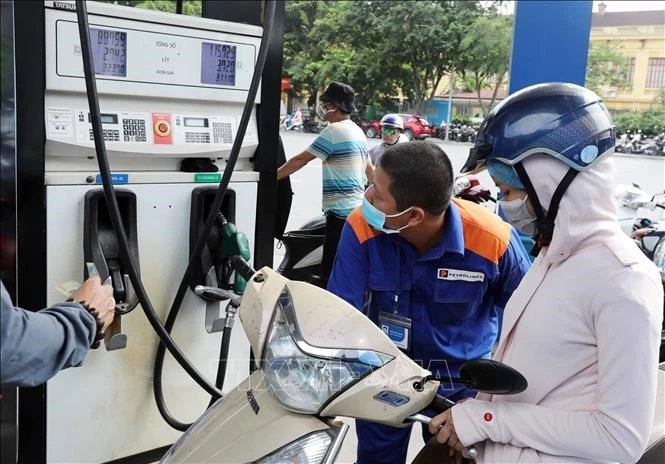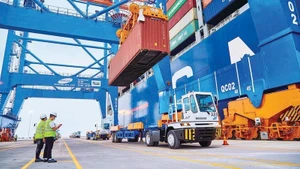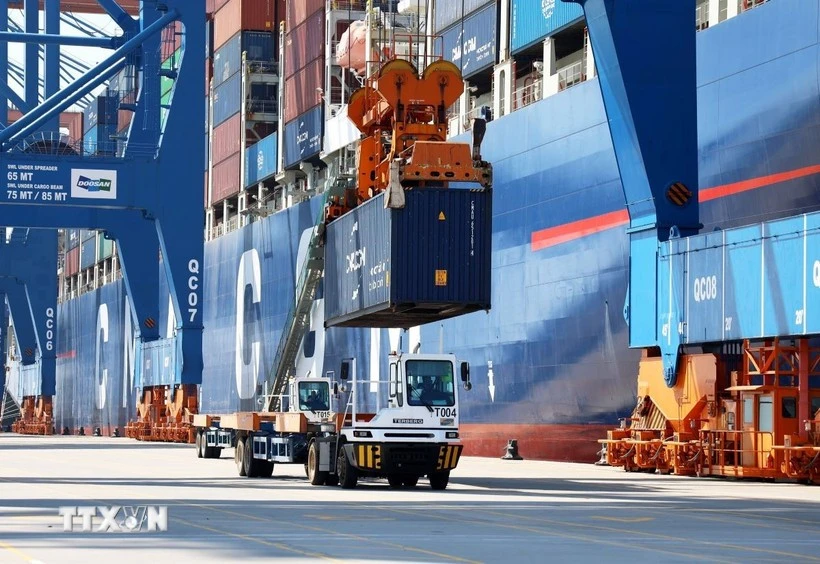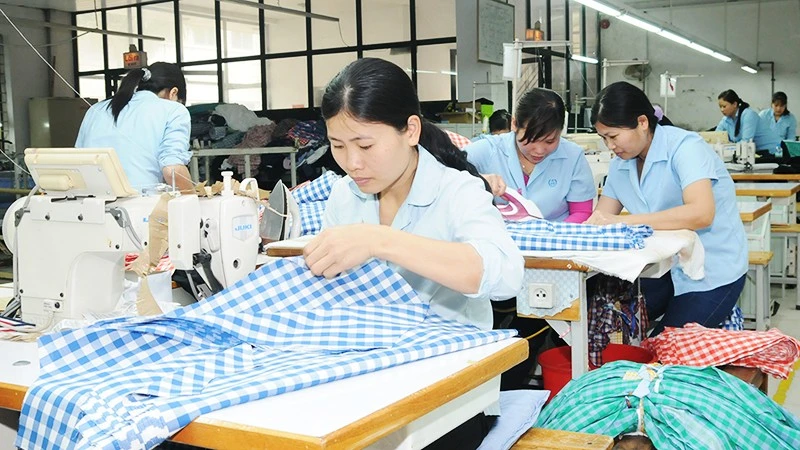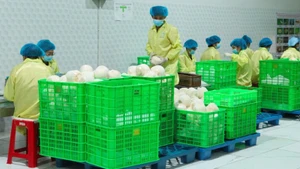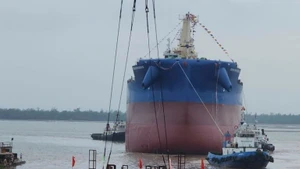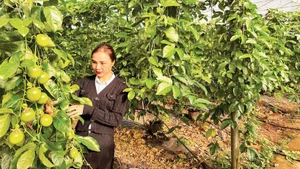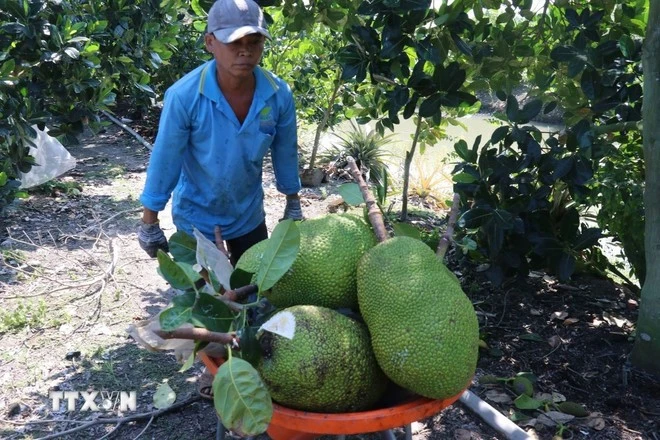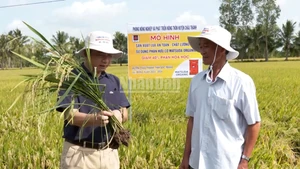The Ministry of Industry and Trade forecasts that Vietnam will export about 8 million tonnes of rice in 2023, with a turnover of about 4.5 billion USD, the highest figure ever.
Data from the Vietnam Food Association (VFA) also shows that the export price of Vietnam’s 5% broken rice is currently at 653 USD per tonne, while Thailand’s rice of the same kind is 562 USD per tonne and Pakistan’s rice is 568 USD per tonne. In the past ten months, Vietnam’s average rice export price was estimated at 558 USD per tonne, up 15.3% over the same period in 2022.
It is forecast that export rice prices will continue to rise until the end of this year, due to economic, political and social fluctuations in the world, leading to the need to increase food reserves in many countries. Even traditional rice markets such as the Philippines, Indonesia and China continue to raise the amount of imported rice.
Meanwhile, India’s rice export ban may continue to persist because the country’s 2023-2024 crop output is predicted to fall by 3% compared to the previous crop, equivalent to about 4 million tonnes of rice. This will be an opportunity for Vietnam to swell rice exports in the last months of 2023 and early 2024.
However, the promotion of rice exports must be in line with maintaining a stable supply because if Vietnam exports up to 8 million tonnes of rice in 2023, the country needs to make specific calculations to implement new contracts signed for 2024.
In addition, reasonable rice selling prices in the domestic market also need to be regulated to promote the purchase of rice for export.
If the price of rice is pushed up too high, farmers will stockpile goods while businesses will compete to buy and sell rice, creating chaos in the market, and affecting the fulfilment of orders by export enterprises. It may also affect the quality of exported rice because businesses cannot buy the right type of rice in time for shipment abroad.
Transactions are slowing down in the Mekong Delta at this time because farmers limit selling, resulting in a lower rice supply.
Although the world market faces supply constraints, high-quality and fragrant rice is still the priority choice of importing countries.
Particularly, China - a market with strong growth in recent times – is in favour of Vietnamese rice varieties ST 21, 24, and 25. The export of specialty rice to the American, European and Oceanian markets has also recorded rapid growth.
Therefore, localities need to continue maintaining the production of high-quality rice varieties, fragrant rice, and specialty rice while applying good agricultural practices to raise the added value of rice products.
In particular, localities should boost the implementation of the project on growing one million ha of high-quality rice associated with green growth in the Mekong Delta region, to improve rice quality, reduce greenhouse gas emissions, and create products that can meet the global criteria of green production and sustainable consumption.
